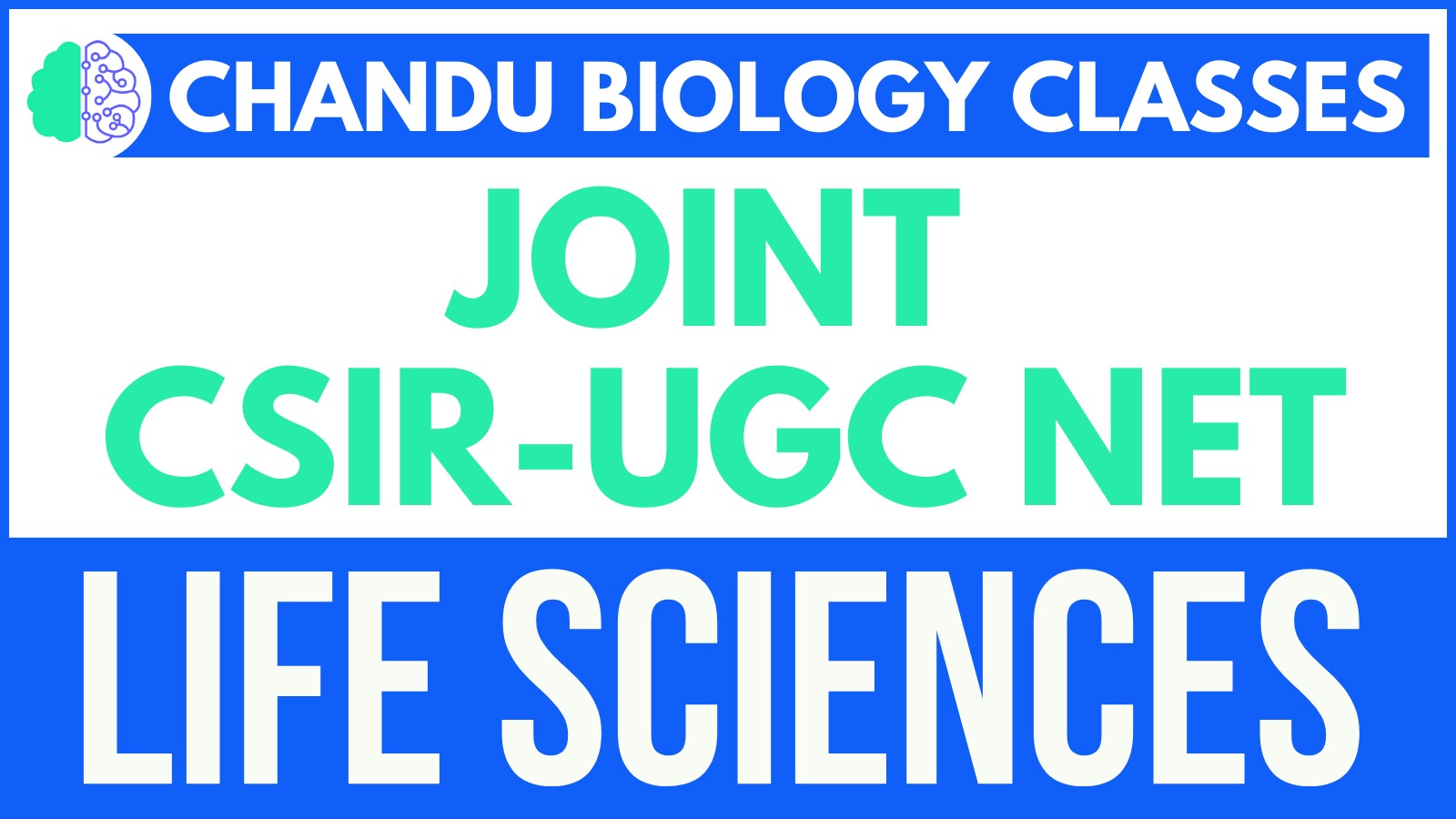If you’re preparing for the CSIR NET Life Sciences exam, choosing the right online coaching can make a significant difference in your success. This guide will walk you through everything you need to know about top online classes for CSIR NET Life Sciences, their benefits, and why Chandu Biology Classes is one of the best choices for your preparation.
1. Understanding CSIR NET Life Sciences
The CSIR-UGC NET (National Eligibility Test) for Life Sciences is a highly competitive national-level exam that determines eligibility for Junior Research Fellowship (JRF) and Lectureship (LS) in universities across India. The exam is conducted twice a year and covers a broad syllabus, including Molecular Biology, Genetics, Ecology, Evolution, and more.
With thousands of candidates appearing each year, a structured study plan and expert guidance are essential for success.
2. Why Choose Online Coaching for CSIR NET Life Sciences?
With the rise of digital learning, online coaching has become the go-to choice for many aspirants. Here’s why:
✅ Flexible Learning Schedule
- Study at your own pace without disrupting your routine.
- Recorded lectures help in revisiting difficult concepts anytime.
✅ Learn from Top Educators
- Access India’s best CSIR NET faculty from anywhere.
- Interactive doubt-clearing sessions for better understanding.
✅ Budget-Friendly Option
- More affordable than traditional classroom coaching.
- Get high-quality education without extra travel or accommodation costs.
✅ Access to Comprehensive Study Materials
- Digital notes, e-books, question banks, and mock tests for efficient learning.
✅ Saves Travel Time
- No need to relocate—study comfortably from home.
3. Features of a High-Quality CSIR NET Online Course
Before choosing an online coaching institute, consider these essential features:
📌 Expert Faculty
The quality of teaching makes all the difference. Look for experienced educators like those at Chandu Biology Classes.
📌 Complete Syllabus Coverage
Ensure the course covers all topics required for CSIR NET Life Sciences.
📌 Interactive Learning Environment
- Live sessions and doubt-solving forums for better engagement.
- Q&A discussions to clarify complex topics.
📌 High-Quality Study Materials
- Well-structured PDF notes, e-books, and practice papers.
📌 Mock Tests & Performance Analysis
- Regular mock tests to simulate real exam conditions.
- Performance tracking to identify strengths and weaknesses.
4. Why Chandu Biology Classes is the Best Choice for CSIR NET Life Sciences
One of the top-rated online coaching platforms for CSIR NET Life Sciences is Chandu Biology Classes, known for its structured curriculum and outstanding results.
🌟 What Makes Chandu Biology Classes Stand Out?
✔ Highly Experienced Faculty – Specialized in CSIR NET syllabus.
✔ Comprehensive Study Materials – Includes video lectures, e-books, and question banks.
✔ Live Interactive Sessions – Real-time doubt-solving with expert guidance.
✔ Regular Mock Tests – Simulates actual exam experience for better preparation.
✔ Affordable Fee Structure – Cost-effective compared to traditional coaching centers.
With a proven track record of helping students crack the CSIR NET Life Sciences exam, Chandu Biology Classes is a trusted choice for aspirants.
5. Course Structure & Study Materials at Chandu Biology Classes
The online course at Chandu Biology Classes is designed for step-by-step learning.
🎥 Comprehensive Video Lectures
- Topic-wise, high-quality lectures by expert faculty.
- Simple explanations with real-world examples.
📚 Study Materials for Effective Preparation
- Well-organized PDF notes covering all Life Sciences topics.
- Question banks with solved previous-year papers.
💬 Doubt-Solving & Personal Mentorship
- Regular live doubt-clearing sessions.
- One-on-one mentorship for personalized guidance.
📝 Test Series & Mock Exams
- Chapter-wise tests for self-evaluation.
- Full-length mock exams to improve exam confidence.
6. Key Benefits of Choosing Chandu Biology Classes
✅ Up-to-Date & Structured Syllabus
- The course content is regularly updated as per the latest CSIR NET syllabus.
✅ Personalized Attention
- Small batch sizes ensure better interaction and individual attention.
✅ Proven Results
- Many students have successfully cleared CSIR NET after enrolling.
✅ Affordable Pricing
- High-quality coaching at a budget-friendly price.
7. Tips to Maximize Your Learning from Online Coaching
💡 Follow a Study Schedule – Stick to a daily plan to stay on track.
💡 Make Notes & Revise Regularly – Helps in better retention.
💡 Attend Live Doubt-Solving Sessions – Don’t leave concepts unclear.
💡 Take Mock Tests – Improves time management and confidence.
8. Common Mistakes to Avoid in CSIR NET Preparation
❌ Ignoring the Official Syllabus – Leads to wasting time on unnecessary topics.
❌ Poor Time Management – A major reason why students fail.
❌ Skipping Mock Tests – Reduces confidence and preparation level.
❌ Relying Only on Video Lectures – Self-practice and revision are equally important.
9. Success Stories and Testimonials from Students
📌 Anjali Sharma (CSIR NET JRF Qualified) – “Chandu Biology Classes made my CSIR NET preparation easy and structured. Their test series was a game-changer!”
📌 Rahul Verma (Lectureship Qualified) – “The best coaching with the best faculty. Highly recommended for CSIR NET aspirants.”
Best way to prepare for CSIR-UGC NET Life Sciences!
MOST IMPORTANT TOPICS FOR NTA CSIR LIFE-SCIENCES
Unit – 1 : Molecules and their Interaction Relevant to Biology
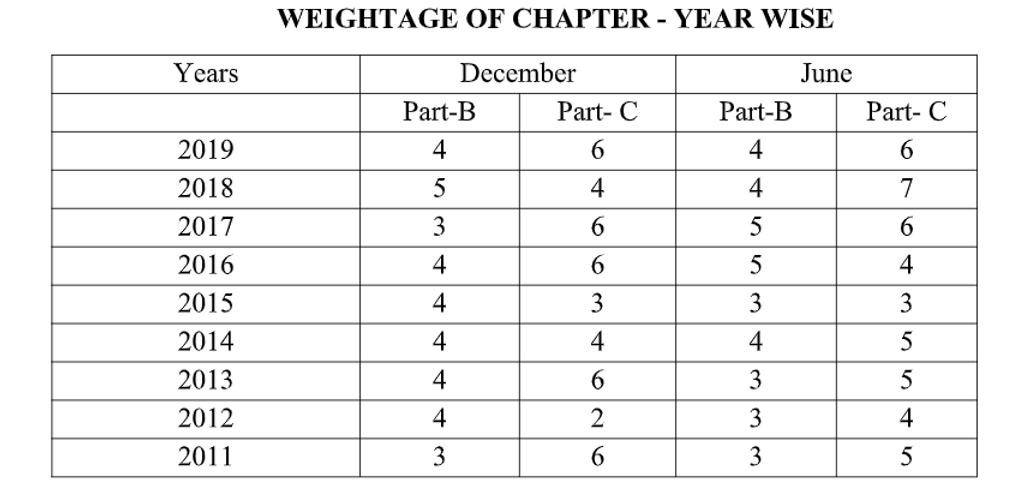
- The stabilizing interactions (Hydrogen bonding, Electrostatic interactions, Vander wall forces & Hydrophobic interactions) (often asked for 4 marks)
- Classification of Amino Acids, their structure especially based on R group, Numerical on isoelectric point & Pka values (often asked for both 2 & 4 marks)
- Ramachandran plot for different amino acids (often asked for both 2 & 4 marks)
- Protein folding thermodynamics, denaturation and biological function
- Enzyme kinetics (Must study topic) especially focus on graphs, inhibition processes, Michaelis Menten equation (often asked for both 2 & 4 marks)
- Cellular respiration (Without this concept there will be no CSIR LS paper) (Repeated more than 10 times). Mainly focus on Glycolysis, Krebs cycle, ETC & Oxidative phosphorylation, exclusively focus on enzymes regulating glycolysis and Krebs Cycle & Inhibitors of cellular respiration (often asked for both 2 & 4 marks)
- Chemistry of nucleic acids i.e., types of DNA (A, B & Z), Skeletal structure of Purines and pyrimidines (must study) (often asked for both 2 & 4 marks)
- β-oxidation of fatty acids, different types of lipids and bonds involved (often asked for 2 marks)
- Numerical problems on Thermodynamics (Must study) (often asked for both 2 & 4 marks)
Unit – 2 : Cellular Organization
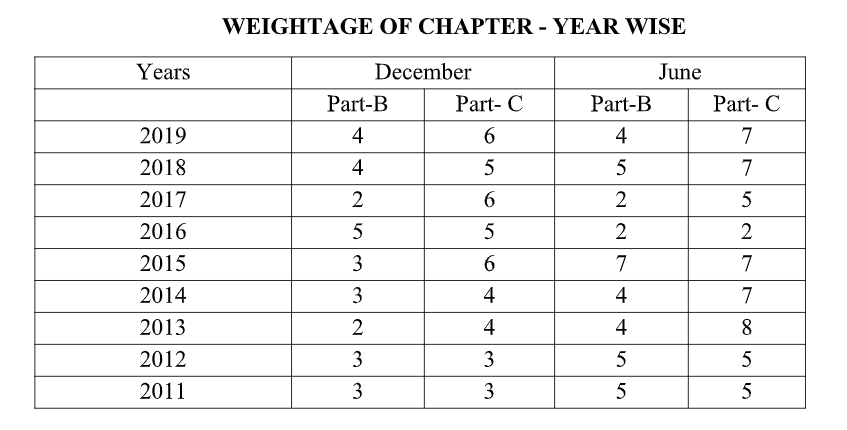
- Cell Membrane: Structure, composition & function. Types of Lipids, Proteins & carbohydrates embedded in plasma membrane and their functions. (often asked for both 2 & 4 marks)
- Functions of intracellular organelles like Golgi complex, Mitochondria, Peroxisomes, Lysosomes, Enzymatic contents of above organelles and diseases caused by deficiency of enzymes. (often asked for 4 marks, mostly matching questions will appear)
- Structure of Heterochromatin, Euchromatin and Transposons (Asked for 4 marks)
- Cell cycle regulation (CDK’s and CDC’s involved in G1, S, G2 and M phase) (Must study concept, often asked for 4 marks)
- Numerical and graphical based questions will be asked from microbial physiology (Mostly 4 marks)
Unit – 3 : Fundamental Processes

- Enzymes involved in initiation, elongation and termination of DNA
- Replication, Transcription and Translation. (often asked for both 2 and 4 marks).
- Antibiotics that block Replication, Transcription and Translation (Repeatedly questions asked from antibiotics blocking translation) (Mostly for 4 marks)
- Enzymes involved in DNA Replication of Prokaryotes and Eukaryotes
- (Types of DNA polymerases, DNA topoisomerase, SSBP and Ligase and their functions (Must study, often asked for both 2 and 4 marks)
- Name of the enzymes, their functions and their mechanism of action which are involved in MMR, NER, BER, DBR and Homologous recombination (Mostly for 4 marks, matching type question can be expected)
- Enzymes involved in transcription (RNA polymerase) and their functions.
- RNA Processing (Capping, Polyadenylation & Splicing (Simple splicing, Spliceosome mediated splicing and trans splicing) (Must study, often asked for4 marks).
- Three different types of RNA, structure, function and their site of synthesis (Must study, often asked for both 2 and 4 marks)
- Types of translation factors involved in initiation, elongation and Termination of Prokaryotes and Eukaryotes.
- Special Emphasis on Post Translational modification.
Unit -4 : Cell Communication and Cell Signaling
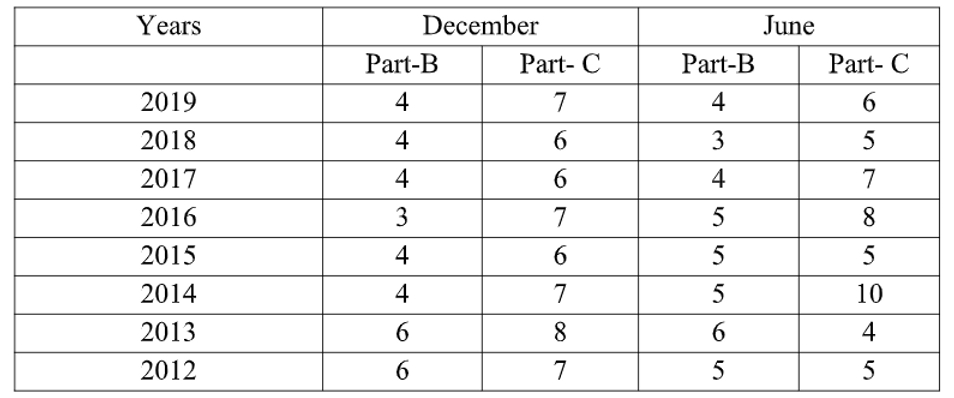

- Name of the pathogen, mode of transmission, disease caused by it and pathophysiology (Must study, simple and scoring concept and often asked for 4 marks mostly matching questions)
- Cell signaling pathways (little difficult concept but must study to score)
- Molecular mechanisms involved in GPCR, MAP KINASE , JACK- STAT, Insulin pathway, Hedge hog pathway, Wnt Signaling, Notch Delta, β- catenin pathways.
- List of all Secondary messenger (Cyclic AMP, Cyclic GMP, Calcium, IP3, NO) and their functions (Must study, often asked for both 2 and 4 marks)
- Cell communication: Various types of CAM molecules (Cadherin, Selectin, Integrin and Immunoglobulins like), their detailed structure, Functions and Calcium dependent or independent.
- Cell matrix interactions: Structure, Functions of Collagen, Keratin, Fibroin, Nidogen and Chondrin – Sulphate. (No CSIR paper without this concept often asked for 4 marks mostly matching questions)
- Cancer: One of the most promising concepts of CSIR paper (Must study)
- Definitions of Benign Tumor, malignant tumor, proto-oncogene, oncogene and tumor suppressor gene.
- Mechanism of angiogenesis and metastasis
- Special Emphasis on Genes like (P53, P21, P16 & PRB and their
- functions)
- Special note on anticancer drugs
- Immunology: (Huge syllabus to study but mainly focus on following topics) (Mostly 4 marks)
- Differences between innate and adaptive immunity
- Through knowledge of all WBC cells and their function
- Receptors of B cell and T cell (Toll like, Soluble receptor)
- MHC molecules, types and differences.
- Structure and function of 5 types of antibodies.
- Preparation of Monoclonal antibodies.
Unit – 5 : Developmental Biology
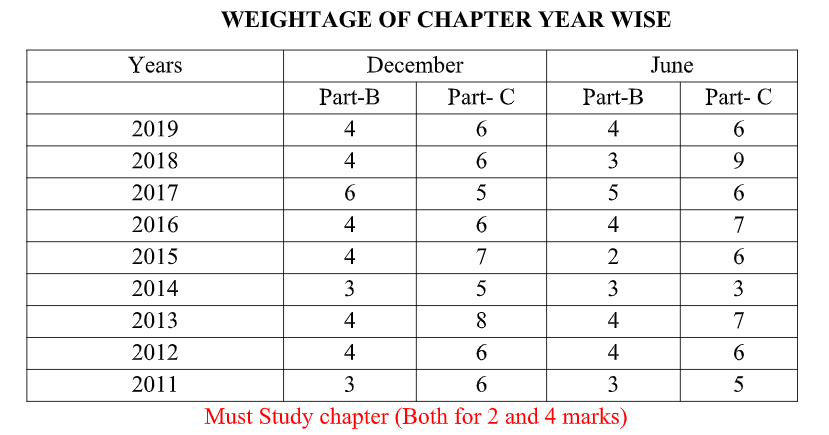
- Student should have through knowledge on basic concept like potency, commitment, specification (autonomous, conditional and regulative), induction, competence, determination and differentiation.
- Fertilization in model organisms like amphibians, Sea urchin ad mammals.
- Special emphasis on capacitation.
- Cleavage patterns, different types of Eggs in insects, Birds, Amphibians and Mammals.
- Vulva formation in Sea Elegance.
- Access formation in Sea Urchin.
- Special Emphasis on genes involved in gastrulation (Hunch back, Caudal, Noggin, β-catenin, Pair ruled genes, Homeotic genes, maternal genes and Zygotic genes.
- Eye lens induction in vertebrates.
- Plant ABC model in Arabidopsis thaliana
Unit – 6 : System Physiology – Plant


- PHOTOSYNTHESIS: Different type of pigments, inhibitors of ETC, CO 2 compensation point of C3 and C4 plants, Differences between cyclic and non-cyclic photophosphorylation
- Mineral nutrition (The topic is repeating from last 2 years) Name of the nutrient, Function (Co-factors) and their deficiency diseases
- Solute Transport: Mechanism of Cohesion- Tension theory, Bulk flow mechanism (Munch hypothesis), Detailed structure and function of Xylem and phloem.
- Plant Hormones: Site of synthesis precursors, Biosynthetic pathway and specific functions (Give importance to auxins, gibberellic and ABA)
- Special emphasis on signaling pathways of above hormones.
- Nitrogen metabolism: Type of free living and Symbiotic bacteria involved in Nitrogen fixation.
- Different types of Nodulin gene and Nod genes (common and host specified)
- Structure and functions of nitrogenase, nitrate reductase and nitrite reductase enzymes.
- Secondary Metabolites: Types, Biosynthetic pathway precursors and functions of terpenes, phenols (Flavonoids, Tannins) and nitrogen containing compounds (alkaloids, cyanogenic glycosides and glucosinolates).
- Sensory photobiology: Structure and functions of phytochrome, cryptochrome and phytotropins)
- Mechanism of photoperiodism (short day and long day plants)
- Special emphasis on Biological clocks.
Unit – 7 : System Physiology – Animal
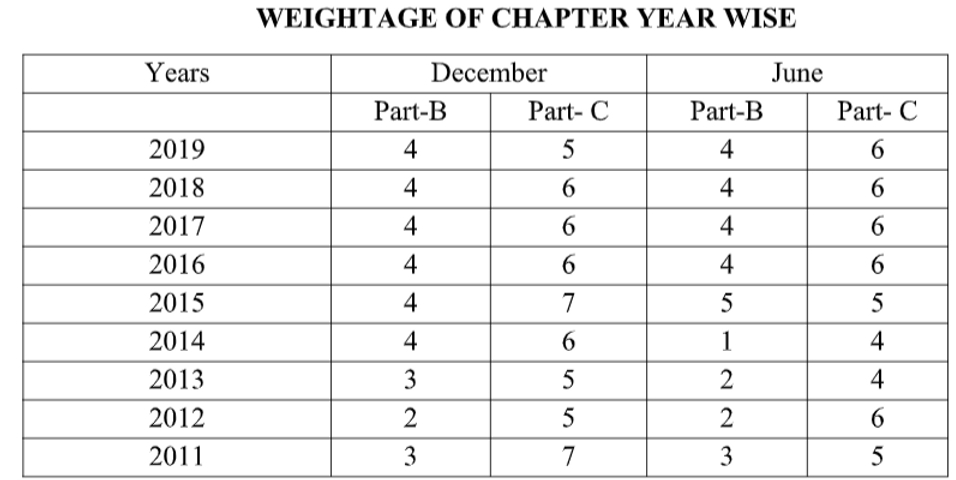
- Endocrine system: Name of the hormone, gland which it is secreted, their amino acid precursors and deficiency disorders. (Often asked for both 2 and 4 marks)
- Respiratory system: Mechanism of gaseous exchange, respiratory volumes (Tidal volume, IRV, ERV etc….) (part C question can be expected)
- Haemoglobin – oxygen dissociation curve.
- Cardiovascular system: Thorough knowledge of ECG (P, Q, R, S & T waves), cardiac cycle. (part B & C question can be expected)
- Nervous system: Resting membrane potential and action potential (Graphical questions), list of neurotransmitters and functions (part B & C question can be expected)
- Excretory system: Solutes, ions, and essential elements that reabsorbed in PCT, DCT and Loop of Henley
- Symporter and Antiporter present on PCT, DCT and Loop of Henley
- Counter current mechanism (part C question can be expected)
- Sense organ: structure and functions of inner parts of ear and eye (anatomical characteristics also)
- Digestive system: Composition of saliva, Intestinal juice, deficiency of vitamins and their disorders. (Part C matching questions can be expected)
Unit – 8 : Inheritance Biology
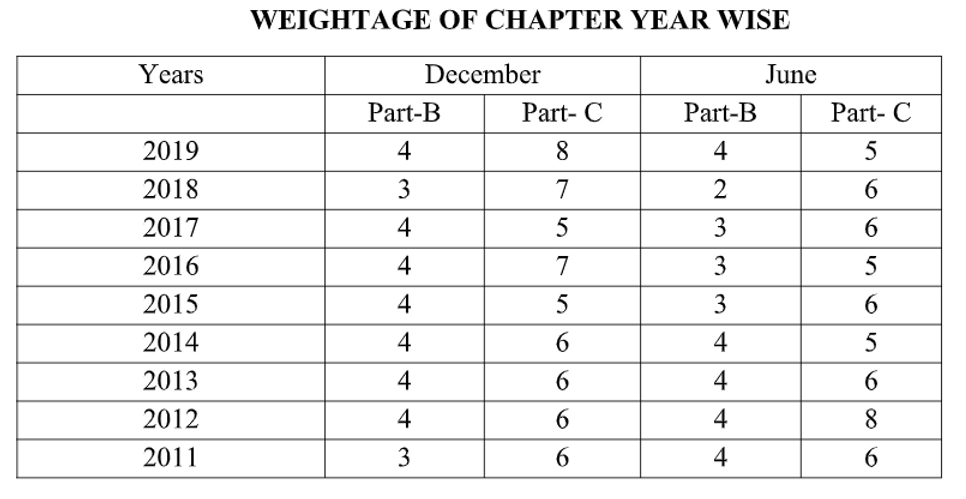
- Student should have basic knowledge on Mendelian principle (Dominance, segregation and Independent assortment) (part B & C question can be expected)
- Applicative knowledge on co-dominance, incomplete dominance, gene interactions and pleiotropy (part B & C question can be expected)
- Special emphasis on methods of genetic transfers (transformation, conjugation, transduction and sex duction) (part C question can be expected)
- Must study topics like Pedigree analysis, polygenic inheritance and QTL mapping (part C question can be expected)
- Types of Homologous and Non homologous recombination. (part C question can be expected).
- Through knowledge on chromosomal alterations (deletion, duplication, inversion) (part C question can be expected)
Unit – 9 : Diversity of Life Forms
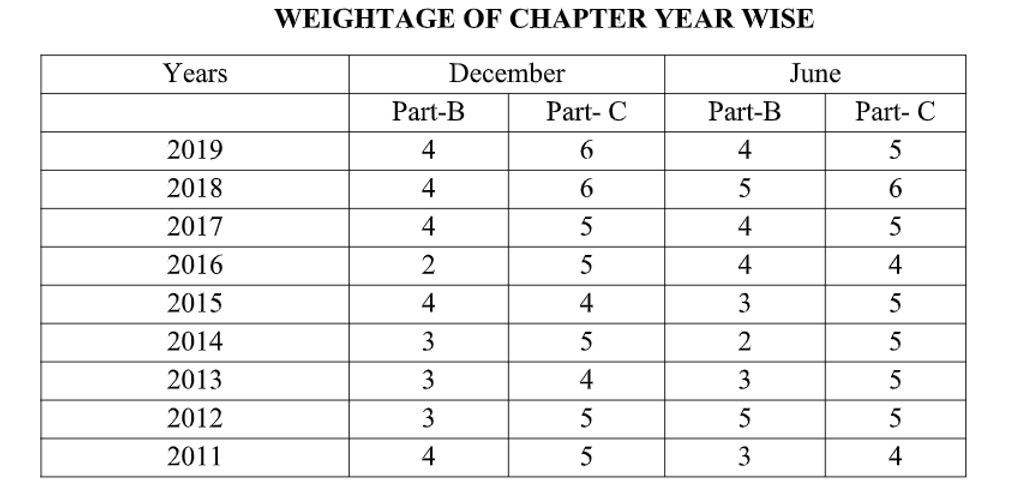
- Must study topics are phylogenetic tree, cladograms (Part C graphical questions)
- Surprisingly questions asked from NCERT based so student should have through knowledge of types, mode of nutrition, types of reproduction (vegetative, asexual and sexual) of Monera, Fungi, Plantae and Animalia. (part B & C question can be expected)
- Through knowledge of common parasites and pathogens of humans. (part B & C question can be expected)
- Rare, endangered species and their conservation strategies. (part B & C question can be expected)
Unit – 10 : Ecological Principles
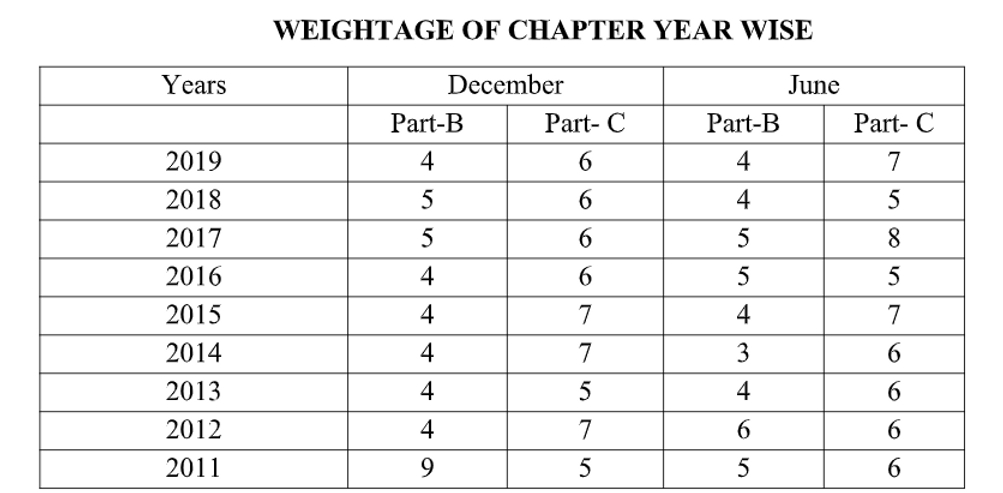
- Must study topic: Habitat and Niche (competitive exclusion principle or gause hypothesis) (part C question can be expected)
- Types of succession and their mechanism which are involved in the hydrosere, zerosere with examples. (part B & C question can be expected)
- Ecological rules: Allen’s rule, Gloger’s rule, Bergman’s rule. (part B question can be expected)
- Through knowledge on population ecology: Population density (mark recapture method, Types of dispersion (uniform, grouped and random), population growth curve, meta population, 3 types of survivorship curves and r and k selection. (2-part C question can be expected)
- Different types of community interaction (Symbiosis, commensalism, ammensalism, parasitism, competition and predation with example
- Must study topic: Lotka Volterra model of competition and predation (mostly graphical question can be expected) (part B & C question can be expected)
- Different type of pyramid (Energy, Biomass and number) in terrestrial, aquatic and grassland ecosystem (part B & C question can be expected)
- Definition of lentic and lotic ecosystem, gross primary productivity, net primary productivity, Eutrophication, biomagnification, bioremediation and phytoremediation Alpha diversity and Beta diversity with examples. (part B & C matching questions can be expected)
- I) Through knowledge on air pollution (Acid rain and Greenhouse effect (gases involved)), Water pollution (BOD, COD) (part B & C question can be expected)
- List of project tiger zones, National parks, sanctuaries and biosphere reserves. (part B & C question can be expected)
- Conservation status (Critically endangered, endangered, vulnerable, near threatened and least concern) of different organisms according to Red data book. (part C matching question can be expected)
Unit – 11 : Evolution and Behavior
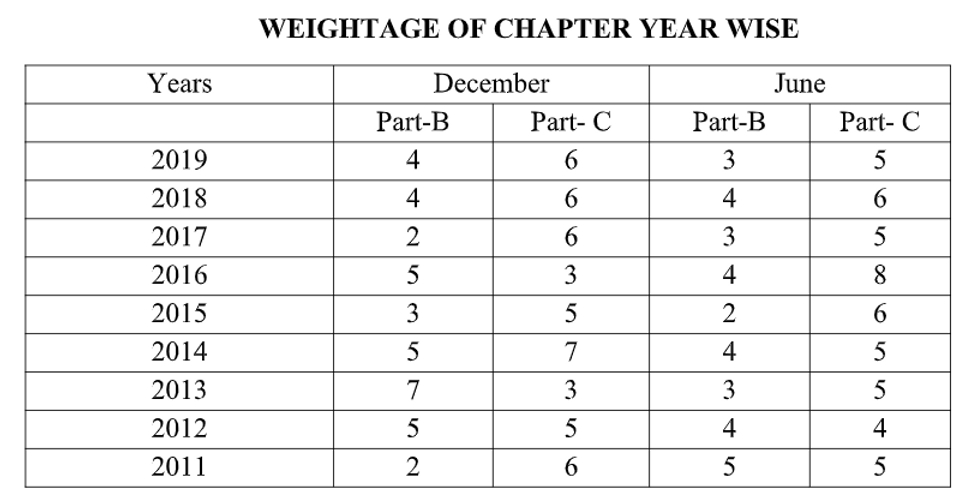
- Basic knowledge on theories of evolution (Lamarckism and Darwinism) (part B question can be expected)
- Experiments of Oparin and Haldane, experiment of Miller (part B question can be expected)
- Must study topic: Geological time scale (part C question can be expected)
- Phylogenetic tree, cladogram and Molecular clocks (part C question can be expected)
- Genetic drift (part C question can be expected)
- Definitions of convergent, divergent evolution, co evolution, adaptive radiation, homologous and analogous organs with examples. (part B & C question can be expected)
- Special emphasis on Hardy Weinberg principles. (part B & C question can be expected)
- Through knowledge on altruism, Kin selection and reciprocal altruism. (part B & C question can be expected)
Unit – 12 : Applied Biology
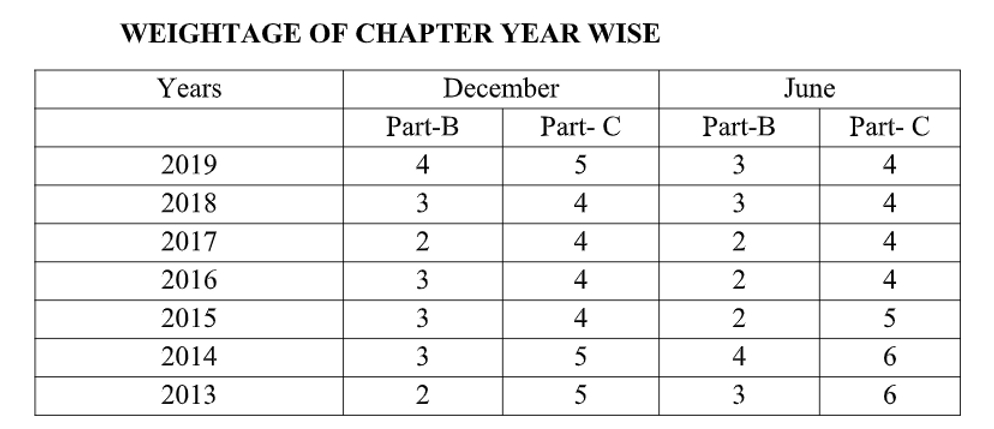

- Agrobacterium-mediated gene transfer process (part B & C matching questions can be expected)
- Types of vaccines (part B & C matching questions can be expected)
- Different tissue culture requirements for both plants and animals
- Gene therapy (part B)
- Various bioresources, and uses in biodiversity, bioremediation and phytoremediation, purpose and the different organisms involved. (part B & C matching and graphical questions can be expected)
- Biosensors are also sometimes asked.
- some experimental questions on marker-assisted selection breeding of qualitative and quantitative traits or for disease resistance in plant breeding.
Unit – 13 : Methods in Biology


- Statistical methods: regression and correlation: t-test, ANOVA, Chi- square test and Probability distribution (part B & C matching questions can be expected)
- Electrophysiological methods: Give importance to ECG, Brain activity recording, MRI and FMRI (part B & C questions can be expected)
- Microscopic techniques: Freeze-etch and Freeze fracture methods for EM (part B & C matching questions can be expected)
- Histochemical and Immunotechniques: Principles and applications of ELISA, RIA, Western Blot, Flow cytometry and FISH and GISH. (part B & C matching and graphical questions can be expected)
- Through knowledge on RFLP, RAPD and AFLP techniques. (part B & C matching and graphical questions can be expected)
- Biophysical methods: Principles and applications of UV, CD, NMR, ESR and X-ray diffraction. (part B & C matching and graphical questions can be expected)
- Different vectors used in rDNA technology (Plasmids, cosmids, phagemids, BAC and YAC). (part B & C matching and graphical questions can be expected)
- Isolation and purification of RNA and DNA (part B & C matching and graphical questions can be expected)
- Gene knockout experiments in bacteria and Eukaryotic organisms. (part B & C matching and graphical questions can be expected)
10. Frequently Asked Questions (FAQs)
Q1. What is the duration of the CSIR NET Life Sciences online course at Chandu Biology Classes?
The course duration varies between 6 months to 1 year, depending on the batch.
Q2. Are the classes live or recorded?
Chandu Biology Classes offers both live and recorded sessions for flexible learning.
Q3. How much does the CSIR NET Life Sciences online course cost?
The fees are affordable compared to offline coaching, with various payment options available.
Q4. Do they provide mock tests?
Yes, full-length mock tests and topic-wise tests are included in the course.
Q5. Can I interact with faculty during online classes?
Yes, live doubt-clearing sessions allow students to interact directly with faculty.

